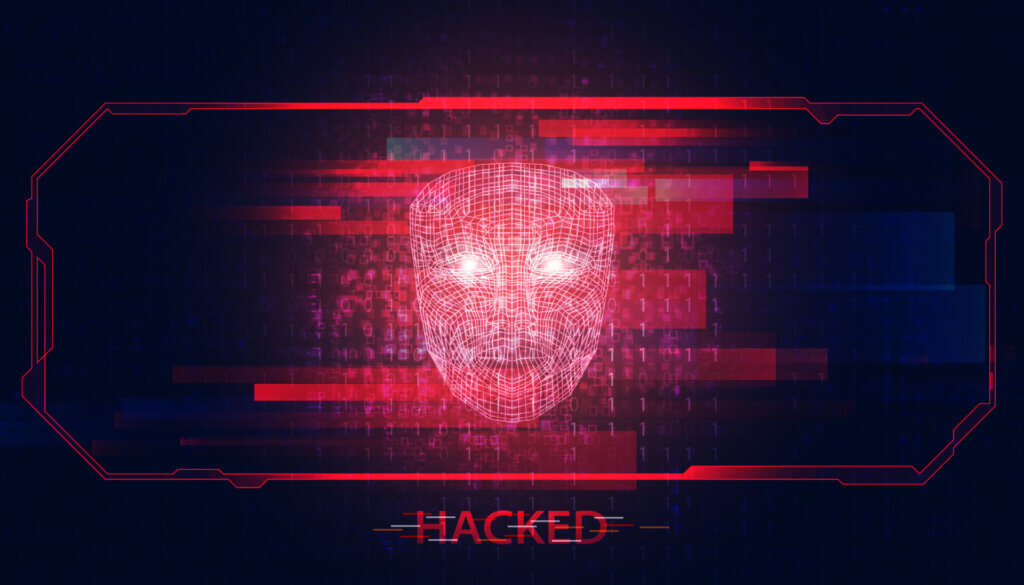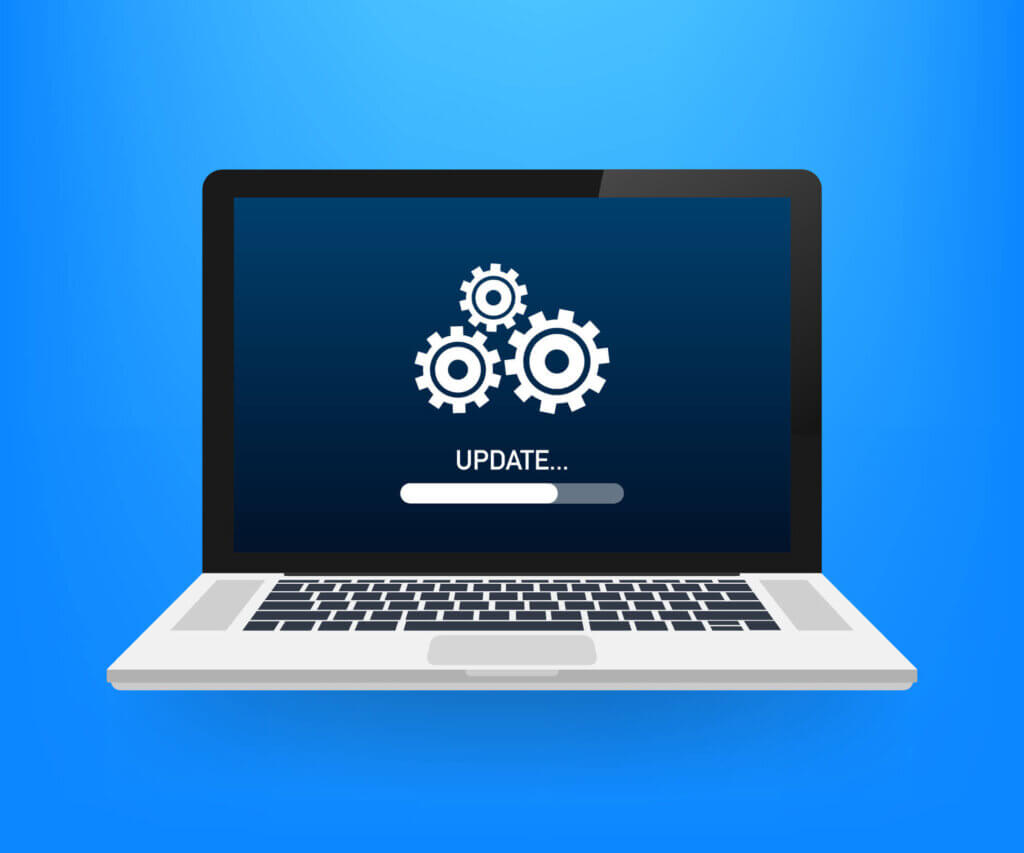Strategies to Protect yourself from hackers
The digital world is only getting more and more complex, the threat of getting hacked is a real and persistent danger to anyone who uses any device connected to the internet. To protect yourself from cybercriminals, it’s recommended to understand the best practices for safeguarding your online presence. In this article, we will outline three critical strategies to protect yourself from getting hacked: using strong, unique passwords for each account, enabling two-factor authentication (2FA), and regularly updating your software. By implementing these measures, you can significantly reduce your risk of falling victim to cyberattacks.

Strong, Unique, Complex Passwords
- Password Complexity: A strong password is your first line of defense against hackers. A complex password should include a mix of upper and lowercase letters, numbers, and special characters. Avoid using easily guessable information like your name or birthdate. Example: I used a random word generator to get two words, bite and statement. creating a password from these two random words would look something like this Bi+{S+@+{m{n+. I used the plus sign to act as a t and the bracket symbol { to act as the e, and the @ symbol for the letter a. Even with the complexity of this password, you would still want to incorporate a few numbers as well.
- Unique Passwords for Each Account: Using the same password across multiple accounts increases your vulnerability. If one account is compromised, all other accounts with the same password are at risk. Ensure each account has a unique password to contain potential breaches.
- Invest in your Password Manager: Remembering numerous complex passwords can be daunting. Password managers are tools designed to store and generate strong, unique passwords for every account. They securely store your passwords and only require you to remember one master password.
Enable Two-Factor Authentication (2FA)
- Additional Security Layer: Two-factor authentication adds an extra layer of security to your accounts. Even if a hacker obtains your password, they will need the second factor, such as a code sent to your phone, to access your account.
- Various 2FA Methods: There are several methods of 2FA, including SMS codes (text message), authentication apps, and biometric verification (e.g., fingerprint or facial recognition). Each method adds a different level of security, and using more than one can enhance protection.
- Broad Application: Enable 2FA on all accounts that offer it, including email, social media, banking, and cloud storage. This widespread application ensures that even if one account is targeted, others remain safe.
Stay Up to Date
- Updates Importance: Software updates often include patches for security vulnerabilities that have been found. Until these patches are applied, hackers can exploit them. Regularly updating your operating system, applications, browsers, and antivirus software helps protect against known threats.
- Automated Updates: Enable automatic updates whenever possible to ensure you receive the latest security patches without delay. This automation minimizes the risk of running outdated, vulnerable software.
- Update all Devices: Don’t overlook the importance of updating all internet-connected devices, including smartphones, and IoT (internet of things) devices like smart home gadgets. Each device can be a potential entry point for hackers.

Proactive not Reactive
Protecting yourself from getting hacked requires a proactive approach to cybersecurity. By using strong, unique passwords, enabling two-factor authentication, and regularly updating your software, you can significantly reduce your risk of falling victim to cyberattacks. These strategies form a robust defense against hackers and help ensure your professional, personal, and financial information remains secure. Stay vigilant and informed to continue enhancing your cybersecurity practices, and keep an eye out for more tips and updates to further protect yourself. Sign up for GiraffeDoc’s newsletters and get notified with tips and strategies to protect yourself and your business from hackers, or get started sending and sharing your sensitive information through GiraffeDoc by clicking “Get Started” below.





